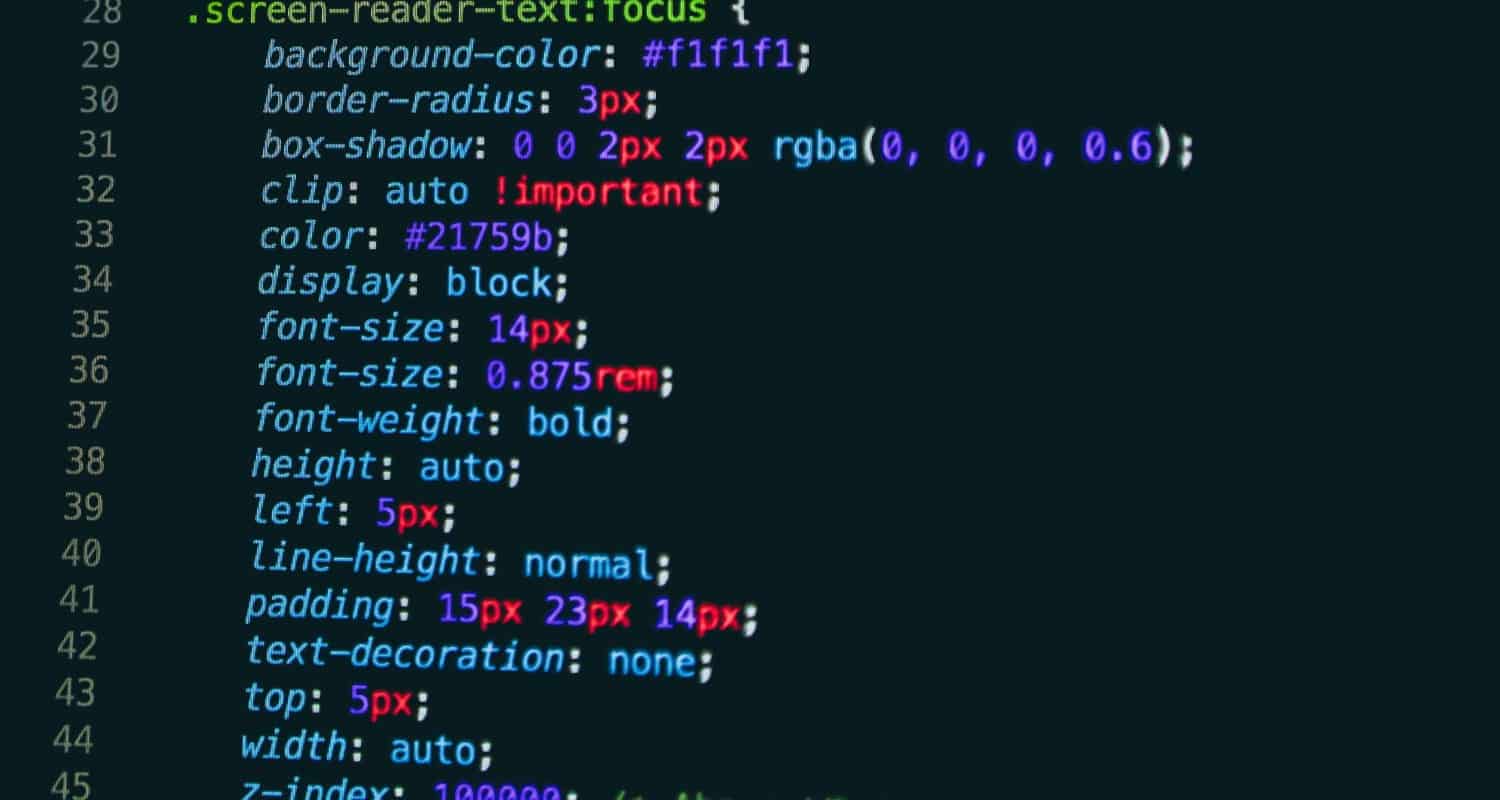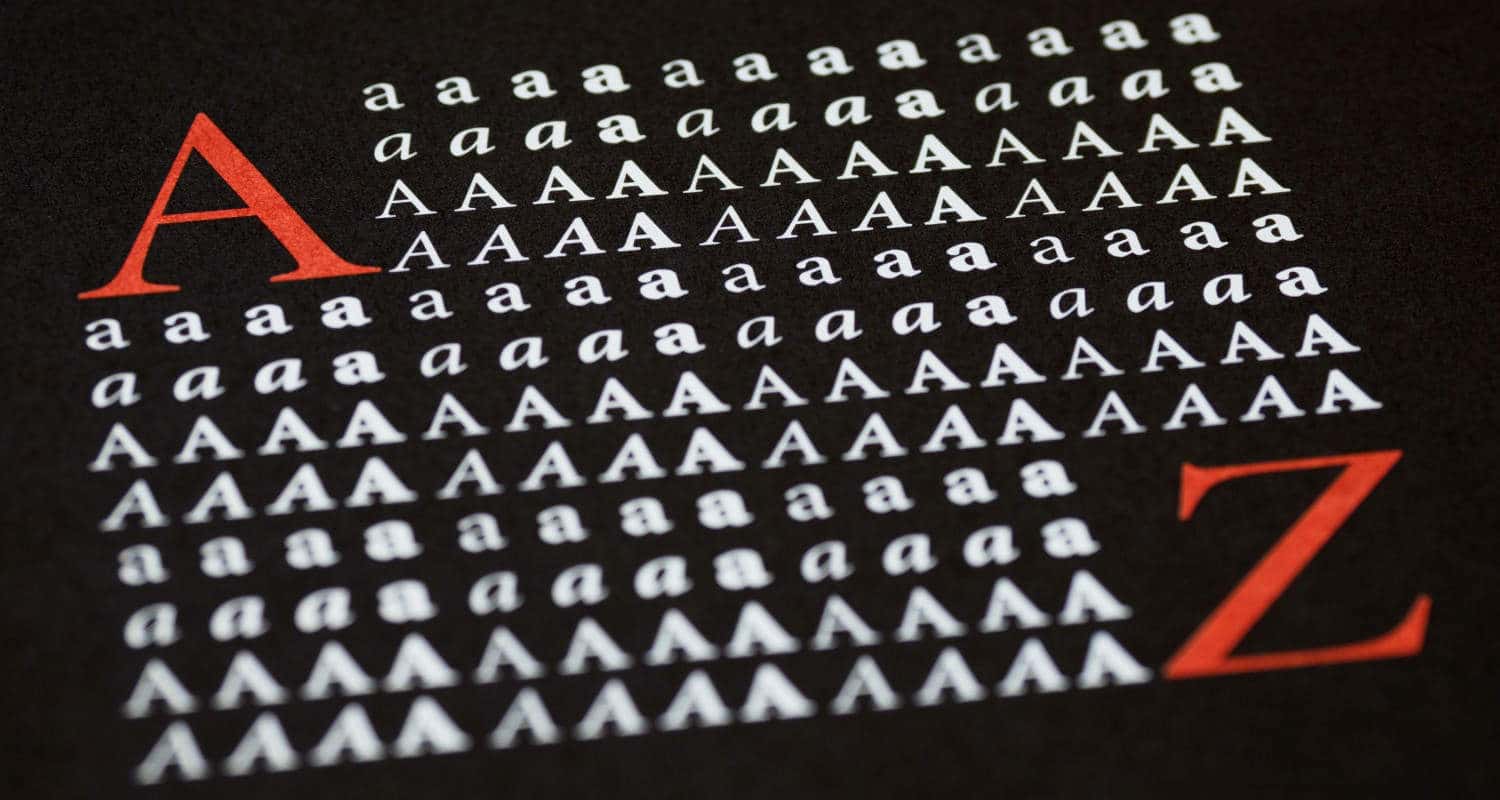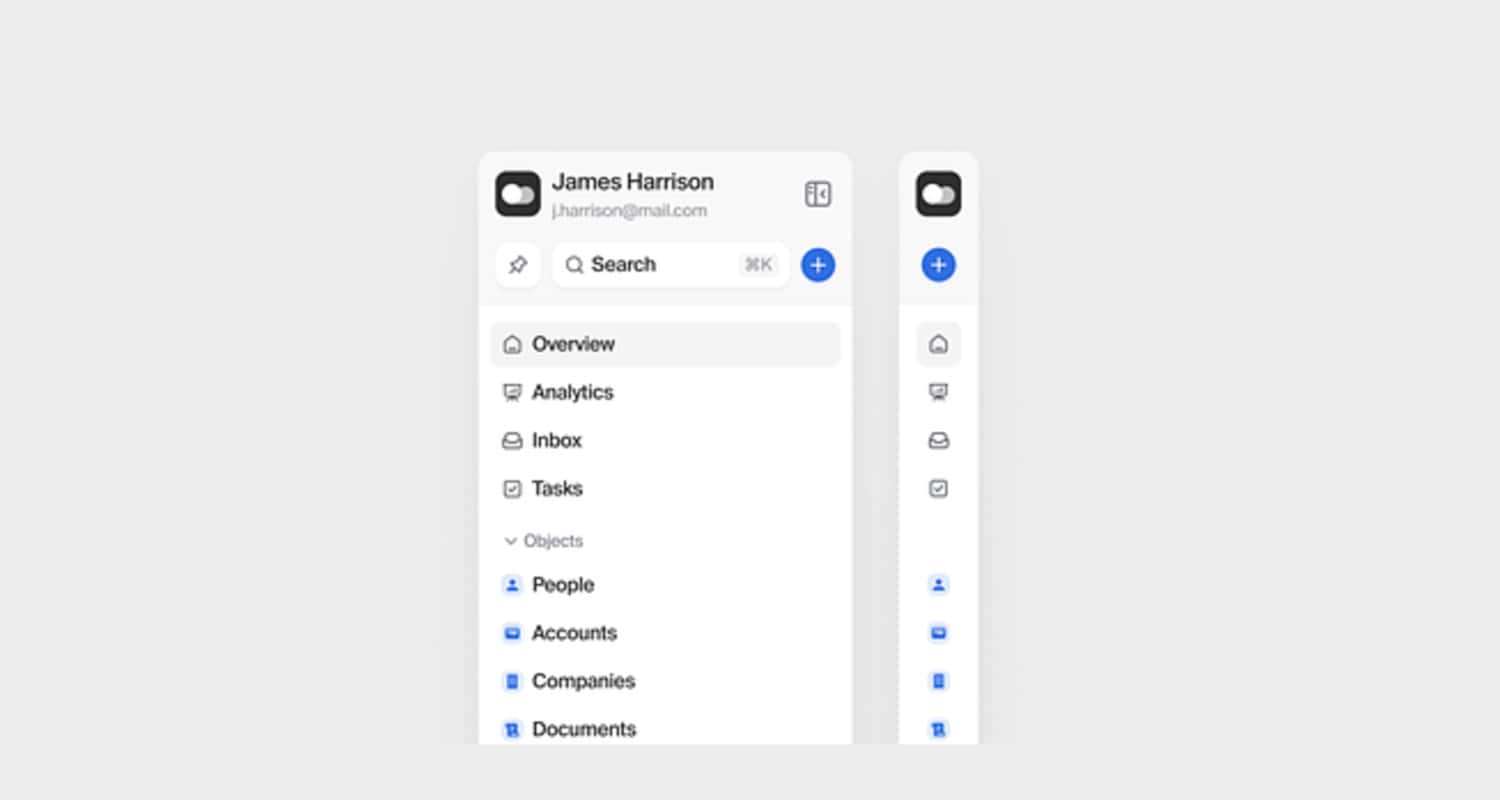Understanding the HTML sidebar menu and its types and creating it will increase the visual appearance of your website and provide convenience to its users.
HTML sidebars are navigation or information containers on the webpage that are usually positioned in the left or right part of the website. This article, we will understand the HTML sidebar menu and all its related components.
HTML sidebars are elements in a web page format located along the main content, offering navigation alternatives or supplementary information. Typically created using HTML and styled with CSS, sidebars provide access. Also, They can create menus, widgets, or social media hyperlinks, contributing to a nicely prepared and visually attractive layout.
HTML sidebar menus play an important position in the net layout, significantly enhancing user navigation and offering an organized structure to content. Therefore, As a compact and handy navigation tool, sidebar menus are essential for responsive and user-pleasant websites.
As we move forward, we will look into styling the sidebar using CSS and JavaScript.
Types of HTML Sidebar Menus
HTML sidebar menus are available in various types, each serving unique layout and capability wishes.
Animated, Closable Side Navigation Menu:
This form of sidebar menu contains dynamic animations and is closable to save screen space. Also, by Utilizing CSS and JavaScript, builders can implement easy transitions and effects when establishing or ultimate the menu, improving the person’s enjoyment with visually enticing interactions.
Fixed Side Navigation Menu with CSS:
A constant sidebar menu stays static as customers scroll through a webpage. Also, This is achieved with CSS positioning homes. This kind of menu guarantees consistent visibility, imparting quick entry to important navigation hyperlinks.

Also, It’s particularly beneficial for websites with lengthy content material, keeping navigation accessible without requiring customers to scroll again to the top.
Responsive and Collapsible Sidebars for Various Devices:
Responsive sidebar menus adapt to one-of-a-kind screen sizes, imparting a seamless consumer experience across devices. Also, Employing media queries in CSS and JavaScript, builders can create collapsible sidebars that automatically regulate their layout primarily based on the device’s display screen width.
Additionally, This responsive layout ensures premier usability on desktops, drugs, and mobile phones, accommodating customers’ diverse possibilities and desires.
Therefore, these variations in HTML sidebar menus reveal the versatility and adaptability of internet design. Also, it allows developers to select the most suitable alternative primarily based on the assignment’s necessities and personal experience goals.
Creating a Basic HTML Sidebar Menu
Creating a primary HTML sidebar menu involves defining and styling the important HTML structure with CSS. Hence, Here’s a step-by-step guide along with an example:
Step 1: Set Up HTML Structure:
<!DOCTYPE html>
<html lang=”en”>
<head>
<meta charset=”UTF-8″>
<meta name=”viewport” content=”width=device-width, initial-scale=1.0″>
<link rel=”stylesheet” href=”styles.css”>
<title>Simple Sidebar Menu</title>
</head>
<body>
<div class=”sidebar”>
<a href=”#”>Home</a>
<a href=”#”>About</a>
<a href=”#”>Services</a>
<a href=”#”>Contact</a>
</div>
<div class=”content”>
<!– Main content goes here –>
</div>
</body>
</html>
Therefore, this code will provide the structure for your sidebar.
Step 2: Style with CSS (styles.css):
body {
font-family: ‘Arial’, sans-serif;
margin: 0;
padding: 0;
}
.sidebar {
height: 100%;
width: 250px;
background-color: #111;
padding-top: 20px;
position: fixed;
}
.sidebar a {
padding: 15px;
text-decoration: none;
font-size: 18px;
color: white;
display: block;
}
.sidebar a:hover {
background-color: #555;
}
.content {
margin-left: 250px;
padding: 20px;
}
Therefore, use the above code to style your sidebar.
Hence, This example code creates an accessible HTML page with a sidebar containing navigation links and a significant content material region.
Also, The CSS patterns outline the appearance of the sidebar, links, and content material area. In addition, Adjust the values inside the CSS to customize the menu’s appearance in line with your design possibilities.
Therefore, This primary structure may be accelerated and custom-designed in addition to additional CSS styles or JavaScript for enhanced interactivity.
Styling the Sidebar with CSS
Styling the sidebar is done to make the sidebar more visually appealing. Hence, You can make use of some examples mentioned below:

Background and Text Color:
.sidebar {
background-color: #3498db;
color: white;
}
Hence, use the above code to add background and text colour.
Box Shadow for Depth:
.sidebar {
box-shadow: 0 0 20px rgba(0.1, 0.1, 0.1, 0.5);
}
Therefore, you can use the above code for Box Shadow.
Hover Effect:
.sidebar a:hover {
background-color: #2980b9;
}
Hence, use the above code for hover effect.
Transitions for Smooth Animations:
.sidebar a {
transition: background-color 0.3s ease;
}
Therefore, this code is for transitions.
Border Radius for Rounded Corners:
.sidebar {
border-radius: 0 10px 10px 0;
}
Hence, use the above code for the Border radius.
Gradient Background:
.sidebar {
background: linear-gradient(to bottom, #3498db, #2980b9);
}
Hence, use the above code for the gradient background.
Icon Fonts for Stylish Icons:
.sidebar a::before {
content: ‘\202’; /* Unicode for a bullet point, you can use icon fonts here */
margin-right: 10px;
}
Therefore, use the above code for stylish icons.

Incorporating JavaScript for Interactive Features
Incorporating Javascript into the HTML sidebar makes the sidebar dynamic and more interactive. Therefore, Below are some example codes that you can take to help with:
Toggle Menu on Button Click:
function toggleMenu() {
var sidebar = document.querySelector(‘.sidebar’);
sidebar.classList.toggle(‘active’);
}
Hence, This function toggles the visibility of the sidebar.
Smooth Scrolling:
document.querySelectorAll(‘.sidebar a’).forEach(anchor => {
anchor.addEventListener(‘click’, function (e) {
e.preventDefault();
});
});
Therefore, This code is so that scrolling is easy between elements in the sidebar.
Collapsible Submenus:
document.querySelectorAll(‘.has-submenu’).forEach(item => {
item.addEventListener(‘click’, function () {
this.classList.toggle(‘open’);
});
});
Hence, the code dynamically adds an active class according to the current time.
Advanced Sidebar Designs and Features
Advanced sidebar designs go beyond the simple vertical navigation bar, offering various layouts and interactive features to raise a person’s enjoyment. Hence, Here’s an outline of various designs and hints for growing superior and precise sidebars:
Vertical Navigation Bars:
Classic and space-green vertical navigation bars run alongside the facet of the page, providing clean access to links. Also, Customize patterns, colors, and hover results to suit your website’s aesthetic.
Collapsible Navigation:
Integrate collapsible sidebars that amplify or retract upon person interplay, keeping display space when unused. Also, JavaScript is critical for imposing this dynamic conduct.

Right-Sided Navigation:
Flip the traditional layout by setting the sidebar at the right. In addition, This may be visually special and incorporate unique design possibilities.
Icon-Only Navigation:
Use iconography to represent menu items, reducing text litter and providing an easy, present-day appearance. Therefore, Ensure tooltips or labels appear on hover for accessibility.
Tips for Creating Advanced Sidebar Designs:
Responsive Design:
Ensure your sidebar adapts gracefully to specific screen sizes, providing the most reliable user enjoyment on computer systems, capsules, and cellular devices.
Consistent Branding:
Maintain a steady color scheme, typography, and branding factors across your sidebar to align with your website’s general look and sense.
User-Friendly Interactions:
Prioritize person-pleasant interactions, including clean animations, intuitive navigation, and accessibility capabilities to enhance the general consumer experience.
Testing and Optimization:
Regularly test your sidebar design on diverse devices and browsers to become aware of and deal with any usability problems. Also, Optimize performance for a seamless personal experience.

Hence, By exploring specific designs and incorporating those guidelines. Therefore, you could create superior and specific sidebars that not only serve realistic navigation functions but also contribute to your internet site’s visual attraction and functionality.
Integrating Icons and Dropdown Menus in the Sidebar
We can add icons and dropdown menus to make the sidebar more usable.
Include Font Awesome in HTML:
Add the following link to your HTML.
<link rel=”stylesheet” href=”https://cdnjs.cloudflare.com/ajax/libs/font-awesome/5.15.1/css/all.min.css” />
Therefore, you can make use of the above code.
Add Icons to Links:
Add some icons to the sidebar as per your wish.
<div class=”sidebar”>
<a href=”#”><i class=”fas fa-home”></i> Home</a>
<a href=”#”><i class=”fas fa-info-circle”></i> About</a>
<!– Add icons to other links as needed –>
</div>
Hence, to add icons, make use of the above code.
Creating Dropdown Menus within the Sidebar:
Creating dropdown menus in the sidebar can help organize content more nicely. Hence, Follow the steps below using HTML and JavaScript:
HTML Code:
Add additional div to your HTML structure.
<div class=”sidebar”>
<a href=”#”>Home</a>
<div class=”dropdown”>
<button class=”dropbtn”>Services</button>
<div class=”dropdown-content”>
<a href=”#”>Web Design</a>
<a href=”#”>SEO</a>
</div>
</div>
<!– Add more links and dropdowns as needed –>
</div>
Therefore, use the above code for html structure.
CSS Styling:
Add the following code to your CSS file
.dropdown {
position: relative;
display: inline-block;
}
.dropdown-content {
display: none;
position: absolute;
/* Add styling as needed */
}
Hence, use the above code for styling of your sidebar.
JavaScript:
Toggle the display of dropdown content.
document.querySelectorAll(‘.dropbtn’).forEach(btn => {
btn.addEventListener(‘click’, function() {
var content = this.nextElementSibling;
content.style.display === ‘block’ ? content.style.display = ‘none’ : content.style.display = ‘block’;
});
});
Hence, All of the above provides users with a more organised experience of navigation in the sidebar
See Also: Achieve Stylish HTML Tables without CSS: Border Techniques and Examples
Creation of Accordion Style Sidebar Menu
The accordion-style sidebar menu is an efficient way to display content line-wise. Therefore, Below are the steps that need to be followed:
HTML:
We will be using a nested list for accordion items.
<div class=”accordion”>
<div class=”accordion-item”>
<div class=”accordion-header”>Section 1</div>
<div class=”accordion-content”>
<a href=”#”>Item 1</a>
<a href=”#”>Item 2</a>
</div>
</div>
<!– Repeat for other sections –>
</div>
Hence, use the above code for your HTML structure.
CSS:
Set the display to none and overflow to hidden.
.accordion {
overflow: hidden;
}
.accordion-content {
display: none;
}
Therefore, use the above code for the styling.
JavaScript:
Toggle the visibility.
document.querySelectorAll(‘.accordion-header’).forEach(header => {
header.addEventListener(‘click’, function() {
var content = this.nextElementSibling;
content.style.display === ‘block’ ? content.style.display = ‘none’ : content.style.display = ‘block’;
});
});
Therefore, follow the steps above to create an accordion-type sidebar.
See Also: Understanding Data Formats: Plain Text, XML, HTML, JSON, and Beyond
Common Challenges and Solutions
Designing HTML sidebar menus can pose challenges, including responsiveness, accessibility, and keeping a clean code shape. In addition, To cope with responsiveness, use CSS media queries to adapt the menu format for diverse display screen sizes.

Also, Ensure accessibility by implementing proper HTML semantics and keyboard navigation, catering to customers with disabilities. Also, to preserve smooth code, structure your HTML using semantic tags like <nav> and <ul>, and hire CSS for styling in preference to depending heavily on inline patterns.
Also, Consider using a flexbox or grid for layout to simplify alignment and spacing. Additionally, test your sidebar across one-of-a-kind browsers to ensure regular rendering. Also, Regularly update and optimize your codebase to stick to evolving net requirements and beautify user experience.
Therefore, Adopting these practices will contribute to a properly designed and useful HTML sidebar menu.
See Also: Achieve Stylish HTML Tables without CSS: Border Techniques and Examples
FAQ
What is the sidebar in HTML?
A sidebar is a menu at the left or proper aspect of an HTML page that includes hyperlinks to the page for smooth access.
What is the purpose of sidebars?
A sidebar is a column placed to the proper or left of the primary content material of an internet page. In addition, They are regularly used to show numerous varieties of additional information to customers, including Links to the house page.
What makes a good sidebar?
A simple rule for writing sidebars: Do not repeat or repeat the content of the paragraph. Each sidebar focuses on a topic. Also, The vital question to answer is: Does the sidebar content complement existing content in the main article? If your answer is yes, the sidebar is a good choice.
What is the sidebar menu called?
Sidebar menus used on websites and are often called 'navigation menus'. Other names include 'menu drawer', 'three-row menu', 'side panel' and 'three-row menu'.
Conclusion
In conclusion, we have explored critical issues for designing an effective HTML sidebar menu, emphasizing responsiveness, accessibility, and accessible code practices.
In addition, by utilizing CSS media queries, semantic HTML tags, and prioritizing accessibility features, designers can create menus that enhance the consumer experience. Also, Holding an easy and prepared code shape is essential for better maintainability.
Therefore, As a parting encouragement, I invite readers to experiment with diverse sidebar styles and functionalities, tailoring them to their desires and options. Additionally, Embracing creativity and continuous experimentation will not only foster innovation but also cause the development of enticing and consumer-pleasant sidebar menus.
See Also: Troubleshooting HTML Audio Autoplay Not Working

Hi, I’m Geoff. I design. I develop. I do lots of things in between. What that really boils down to is that I make websites.
